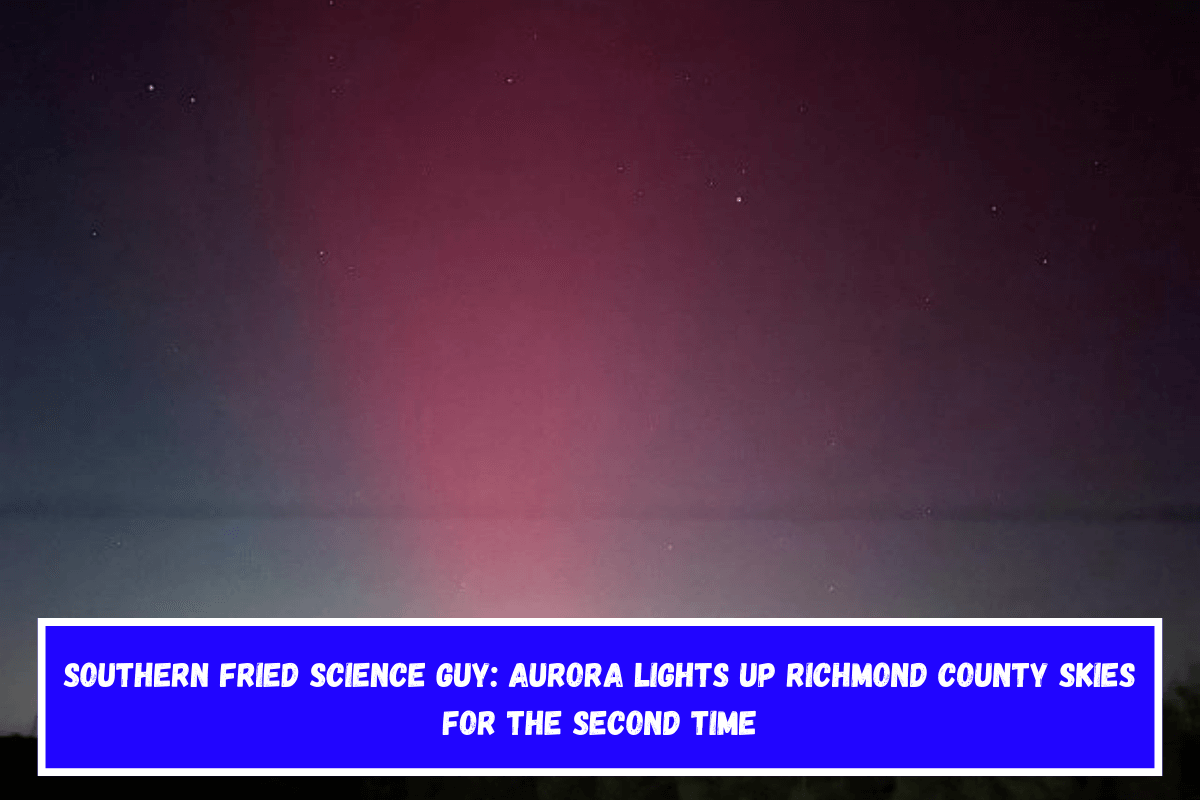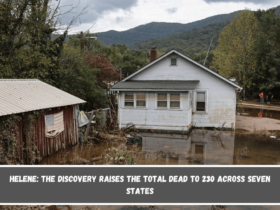Today was the second time this year that Richmond County saw something very rare: the northern lights, also known as the aurora borealis.
Early this year, the lights could be seen in the sky above Richmond County. They were caused by a big solar storm that put the power grid and communication networks at risk.
When charged particles from the sun get stuck in Earth’s magnetic field and charge up the gases in its atmosphere, the northern lights happen. The electrons from these charged gases are taken away, and a plasma is formed. The light we see as the northern lights comes from these molecules getting back together with their electrons.
At the north and south poles, where the Earth’s magnetic field is strongest, the lights are most often seen. At the poles, these lights are called the aurora australis (southern lights) and the aurora borealis (northern lights).
Like the northern lights we saw earlier this year, this show was caused by a solar storm that was bigger than usual.
Due to the huge amount of energy released by fusion, the sun goes through different cycles and has complicated dynamics. Solar storms are caused by heat energy in the Sun’s atmosphere, just like storms on Earth are caused by hot air. Sometimes, the conditions are right for bigger storms to form, like hurricanes on Earth.
The National Oceanic and Atmospheric Administration’s website says that from October 10th to 11th, the Sun had a G4 solar storm watch. On October 8, experts from NOAA saw a coronal mass ejection, which is a big explosion of charged particles.
A G4 storm is a “severe” solar storm that can cause power lines to lose control of the voltage and auroras to be seen as far south as Alabama. The NOAA webpage says that G4 storms happen about 100 times every solar cycle. A solar cycle is a pattern that can be seen in the sun’s power that lasts 11 years.
If you missed the new lights, don’t worry. In the next few months, the sun is going to be more active. NASA and NOAA said together on October 16 that the sun had hit the solar maximum, which is the highest point of activity for a given solar cycle.















Leave a Reply